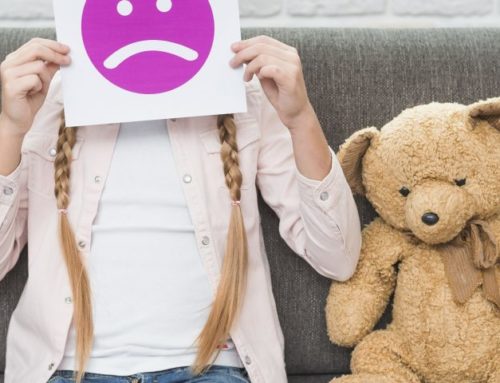Hand washing is extremely important for children because it is the first line of defense against disease. Hand washing can effectively remove germs from the hands via friction and can protect against a myriad of disease, from the common cold and influenza to infectious diarrheas, and hepatitis A. Children encounter numerous germs every day at home, school, stores and almost any other place they go. Because young children do not understand germs, they are often unaware of how dangerous it can be to lick items, put their fingers in their mouths or rub their eyes. Therefore, parents must be sure to teach their children how to wash their hands effectively and often throughout the day.
Effective & Efficient Hygiene Guidelines
Hand washing techniques are simple yet should be followed exactly to be totally effective. First, children should turn on the water to a warm temperature and wet their hands entirely, including both sides of the hands up to the wrist. Next, they should lather up with soap. While research does not support one style of soap over another, liquid soap is often easiest for children. They should scrub for at least 20 seconds. Parents can ensure their children wash long enough by instructing them to sing the ABC song or Happy Birthday. Finally, they should rinse their hands entirely, dry their hands on a towel designated only for them or on a clean paper towel and turn off the sink knobs using the paper towel if possible.
Kids should always wash their hands before meals and after using the bathroom. This is to ensure that dangerous germs do not come in contact with food or the mouth. When sickness is going around the local school or daycare or one individual in the household is sick, everyone, including the children, should increase hand washing throughout the day and should be sure to moisturize the hands with lotion often to prevent dry, chapped hands.





